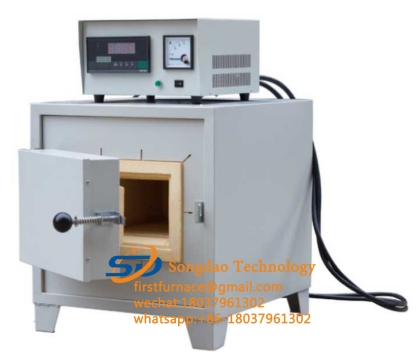- 30
- Mar
The principle of muffle furnace calcination
The principle of muffle furnace calcination
Muffle furnace calcination: heat treatment in air or inert gas at a certain temperature, called calcination or roasting

The main physical and chemical changes in the muffle furnace calcination process are:
(1) Thermal decomposition: remove chemically bound water, CO2, NOx and other volatile impurities. At higher temperatures, the oxides may also undergo solid-phase reactions to form an active compound state;
(2) Recrystallization: A certain crystal shape, crystal size, pore structure and specific surface can be obtained;
(3) The crystallites are properly sintered to improve the mechanical strength.
The main factors that affect the calcination process: calcination temperature, gas phase composition, thermal stability of the compound, etc. Therefore, according to the thermal stability of various compounds (such as carbonate, oxide, hydroxide-sulfide, oxyacid salt, etc.), the calcination temperature and gas phase composition can be controlled to selectively change the thermal stability of certain compounds. The composition or crystal form changes, and then treated with corresponding methods, can achieve the purpose of removing impurities and separating and enriching useful groups.
